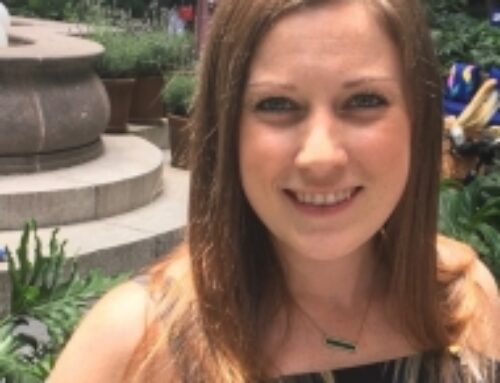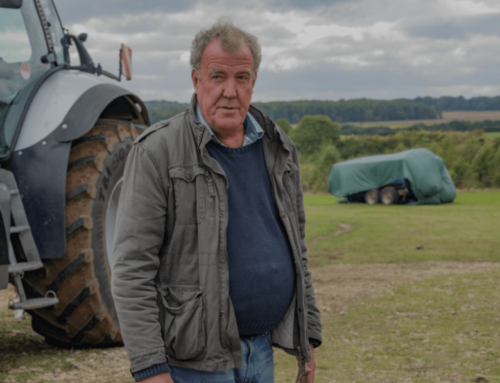The U.S. Is Pushing Solar Panels On Puerto Rico — And It’s Creating Issues
October 20, 2024
This story is the second installment of a three-part series on Puerto Rico’s energy transition. Read Part 1 here. Part 3 will publish on Monday.
SALINAS, Puerto Rico — Diana Santi was used to stocking the shelves of her corner grocer in this tiny town with canned and preserved foods from the continental United States.
She never understood why the fertile flatlands in this part of Puerto Rico’s southeast coast weren’t used to grow more local crops — she always had to pay a markup for shipping costs. But she’s had a more pressing problem: Keeping the perishables she sells from spoiling in the power outages that still plague the most populous U.S. territory seven years after Hurricane María laid waste to the Caribbean archipelago’s electrical grid.
When solar energy developers started staking out the open fields a few years ago, she thought things might improve. But as nearly 150,000 panels went up in neat rows on hundreds of acres around her town, Santi’s problems worsened. Her utility bills kept going up. Her power still went out almost daily.
Then came the deluge. Her barrio — known as El Coquí, named for the chirping frog that serves as Puerto Rico’s ubiquitous mascot — had avoided devastating flooding in previous storms. As Hurricane Fiona made landfall here in September 2022, however, brown floodwaters gushed into her Colmado Santiago market, destroying $3,000 of merchandise and depositing so much mud it took her family four days to clear the muck.
“It was devastating,” Santi, 46, said one afternoon in July.
The project, known as Ciro One, is the largest solar and battery array in Puerto Rico, and appeared to redirect the flow of water directly into El Coquí. And it’s just the beginning of this region’s transformation into the island’s hub of photovoltaic energy.
Another solar farm more than twice the size is now underway just down the road, backed by nearly $1 billion in federal loans. Legal experts say the location and the process that went into locating the projects flouted Puerto Rico’s conservation laws that, if followed, might have helped avoid the issues now mounting. Worse yet, Puerto Rico’s secretary of agriculture, Ramón González Beiró, has a direct financial stake in the upcoming solar farm, leasing some of the land his agency is supposed to protect to the developers.
“We’re being flooded,” Santi said. “They’re flooding us with panels.”
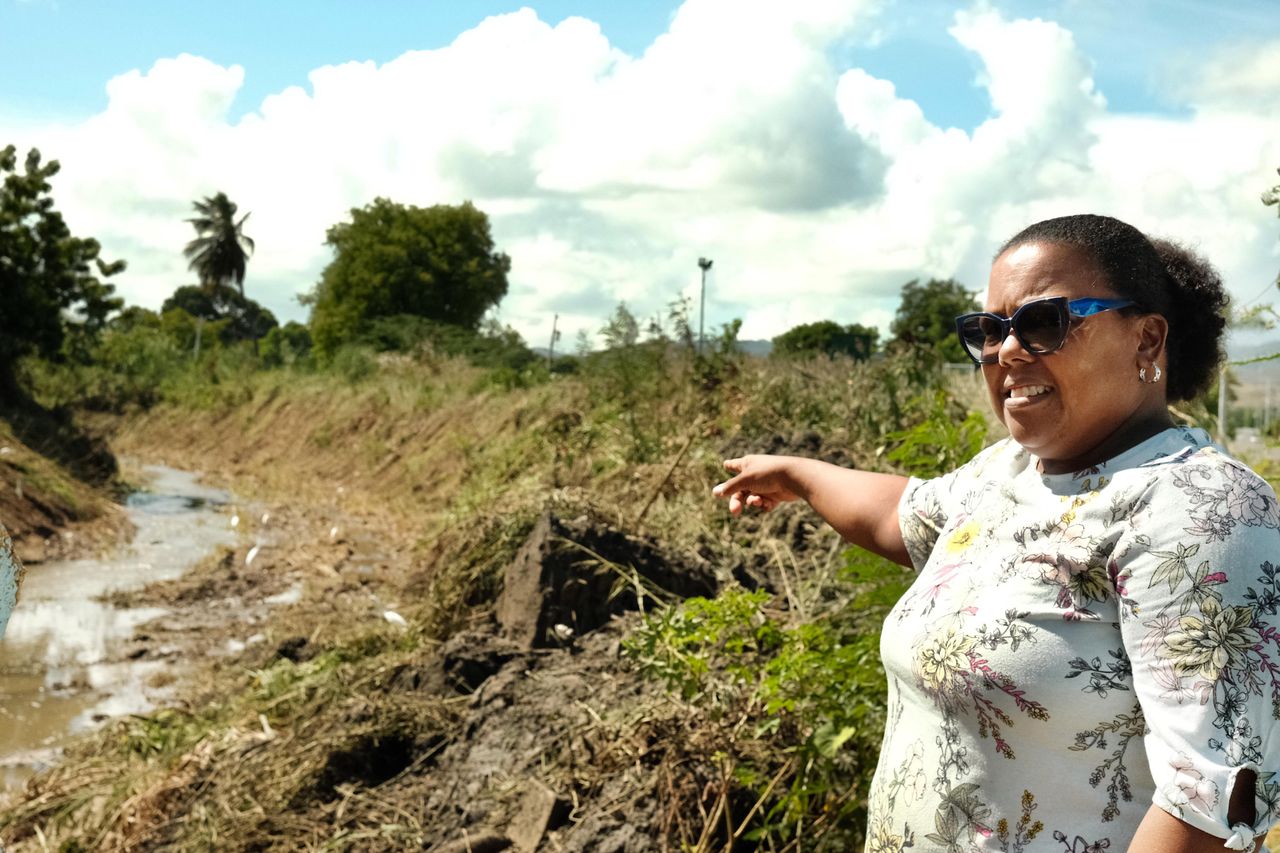
The conflict illustrates a paradox of Puerto Rico’s haphazard reconstruction since the 2017 storm that left thousands dead and triggered the second-longest blackout in world history. It also highlights the promise and peril of easing requirements on companies seeking federal approval for energy projects as lawmakers in Washington debate legislation to speed up the permitting process — showing both how circumventing not-in-my-backyard types can get construction started sooner and stir resentments that motivate lasting opposition.
This stretch of Puerto Rico is no stranger to heavy industry. The territory’s largest power plant, a coal-fired station responsible for toxic ash and smoke that have long polluted the water and air, is located a roughly 15-minute drive east. Agrochemical facilities line Route 3, the two-lane thoroughfare that hems this part of the coast. Last year, the Environmental Protection Agency found that Salinas, the municipality that includes El Coquí, had the highest levels of certain cancer-causing contaminants of any U.S. jurisdiction. Salinas has faced prolonged power outages and water shutoffs for years, including during this summer’s historic heat wave.
The median household income of about $20,000 per year is nearly a fourth of the U.S. overall and almost 20% below the Puerto Rican average. More than half the population of Salinas falls below the poverty line, according to Census data. Close to one-third identify as disabled.
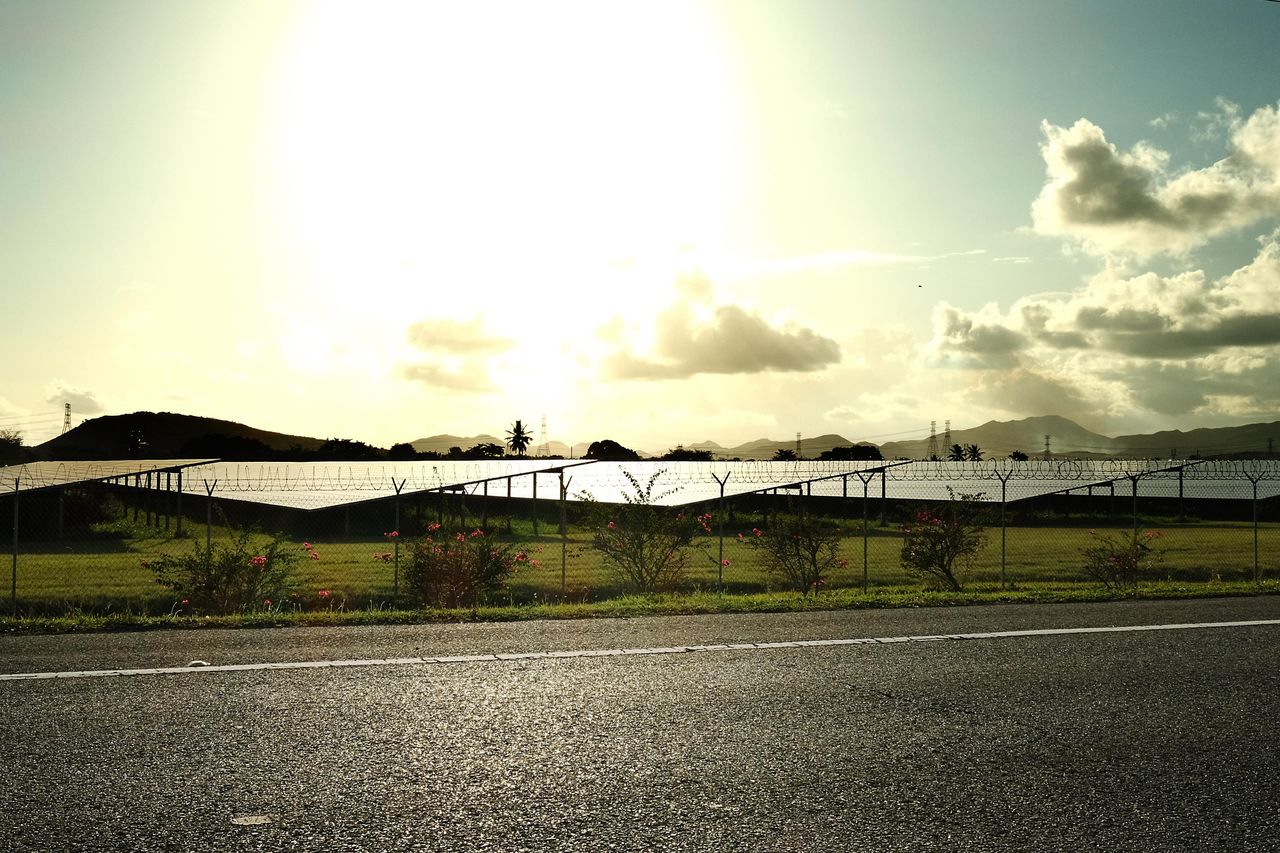
“Understanding the context of El Coquí, they suffer from every energy transition. First they had to have a petroleum power plant. Then it was … coal, so we put it there,” said Marisol Bonnet, the U.S. Department of Energy’s senior adviser on Puerto Rico.
“So I get the frustration that now that we’re transitioning to solar, it’s in the same area,” she said. “Solar development — like any other development, they were building a big shopping mall or a new community — every sort of infrastructure project has its impact.”
What made this area a hotbed for building out the kind of giant solar projects the U.S. government says is needed to wean Puerto Rico off fossil fuels, however, is the land itself.
Nestled between Puerto Rico’s dramatic central mountain range and the azure waters of the Bay of Jobos, the plains here served for centuries as a hub for sugarcane plantations, irrigated with mineral-rich freshwater that flows downhill southward toward the sea. The same flat fields where rows of grassy stalks once converted the sun’s rays into sweetness are now lined with glinting gray panels harvesting light for electricity. The solar boom isn’t slowing.
From a hilltop north of the town, construction crews continued working on the Ciro One solar park in July. Built by the Arizona-based developer DEPcom Power, the facility is owned by Putnam Bridge Funding, a Connecticut-headquartered real estate firm controlled by the former hedge fund investors benefiting from Puerto Rico’s controversial tax haven laws.
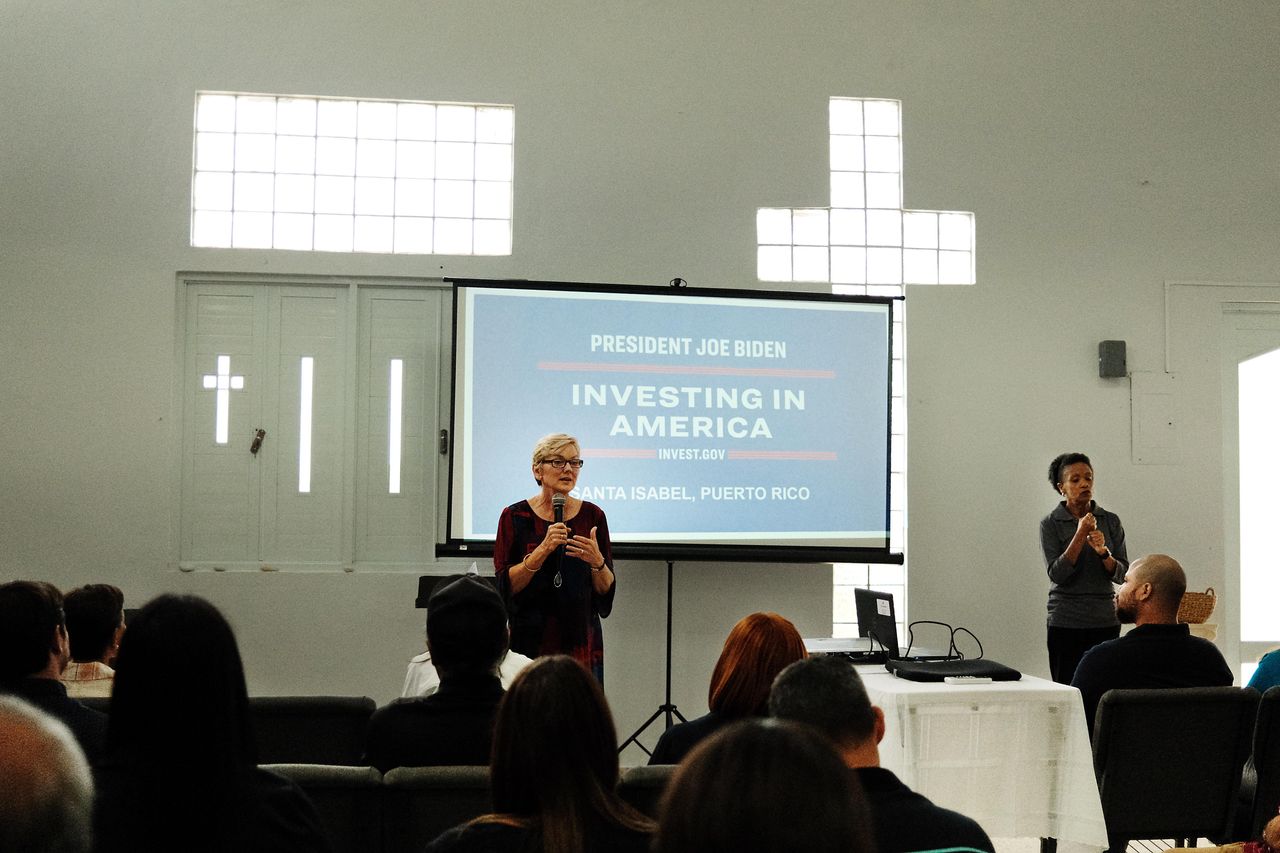
Further off on the southwestern horizon, an even bigger project was sealing a major deal. That same week in mid-July, the Biden administration announced a loan worth nearly $1 billion to help Clean Flexible Energy, co-owned by the utility giant AES Corporation that operates the nearby coal plant, complete an array of solar panels and batteries more than double the size of Ciro One, called Project Marahu.
“It is unacceptable that you have to rely upon a grid that is way old and very ineffective,” U.S. Energy Secretary Jennifer Granholm told an audience of about 60 gathered in a small evangelical church in nearby Santa Isabel in July. “There is no other resource more perfectly suited to Puerto Rico” than solar.
On the face of it, few disagree: Solar panels are cheap, Puerto Rico’s government is bankrupt, and the Caribbean sun shines brightly most days. Opponents who complain that large-scale solar plants take up too much land and damage the environment say equipping every rooftop in Puerto Rico with solar panels and batteries offers a better alternative. The community center in El Coquí has solar panels that kept the air conditioning cranked high on a hot July afternoon, and provided a place for residents to charge phones and cool down when the power went out for days during recent disasters, whether it was this summer’s heat wave or Hurricane Fiona.
“The land should be used to plant and the rooftops should be used for panels,” said Fernando López, 14, a high school student who blames the solar farm for the flood that destroyed his home during the 2022 storm.
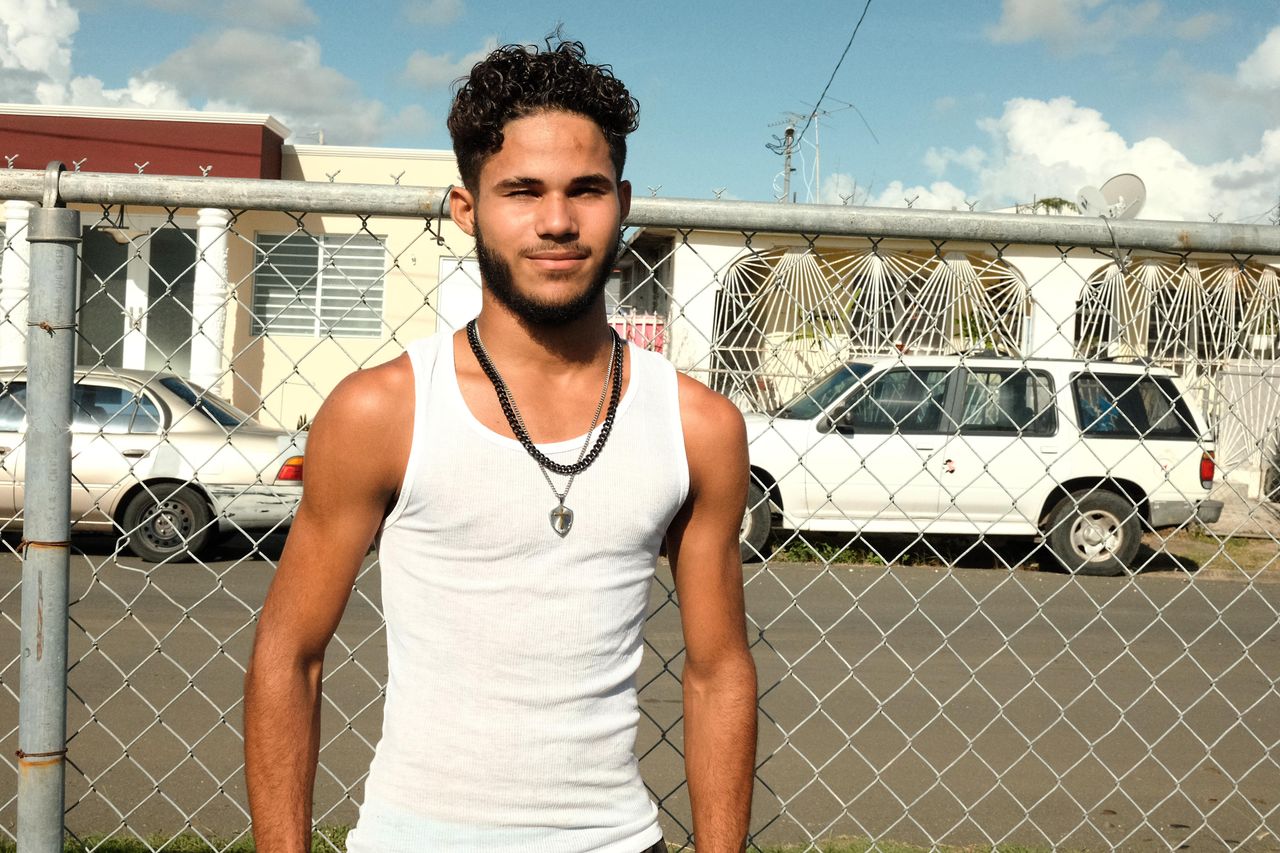
But a U.S. Department of Energy study published earlier this year examined how Puerto Rico could fulfill its legally enshrined mandate to generate all its electricity from renewables by 2050. The results were staggering. With limited land and a budget squeezed by billions of dollars in debt that Puerto Rico’s state-owned power agency is still paying off to Wall Street creditors, federal researchers judged high-cost megaprojects like towering offshore wind turbines to be out of reach. Instead, the territory would need to cover virtually every available rooftop with panels — and still build giant utility-scale solar farms across thousands of acres. Even then, the island would need to back up its mostly solar-powered system by burning at least a little biodiesel or wood.
Companies like the Putnam Bridge-owned Ciro Energy Group and AES-controlled Clean Flexible Energy say they’re delivering exactly what the federal government says is needed.
In a press release marking the end of the initial construction phase last December, Putnam Bridge’s partner DEPcom highlighted its uniquely long-lasting batteries, special panels designed to withstand hurricane-force winds and inverters equipped to filter out briny coastal air.
Regulatory filings show Ciro One’s owners hired the consultancy Timmons Group to conduct a hydrological study of the site that identified “numerous locations with steep topography and little vegetation which required special consideration for construction stormwater erosion measures.”
Since the project wasn’t awarded a federal loan, Ciro One did not release a full environmental impact statement like the one Project Marahu submitted to the Energy Department. But the federal study on Project Marahu, whose two separate sites include one in Salinas just a few minutes west of Ciro One, warned that the facility was located largely in a floodplain and needed extra infrastructure to channel stormwater during heavy rainfall. The Clean Flexible Energy facility proposed as a solution simply allowing water to pool under its panels.
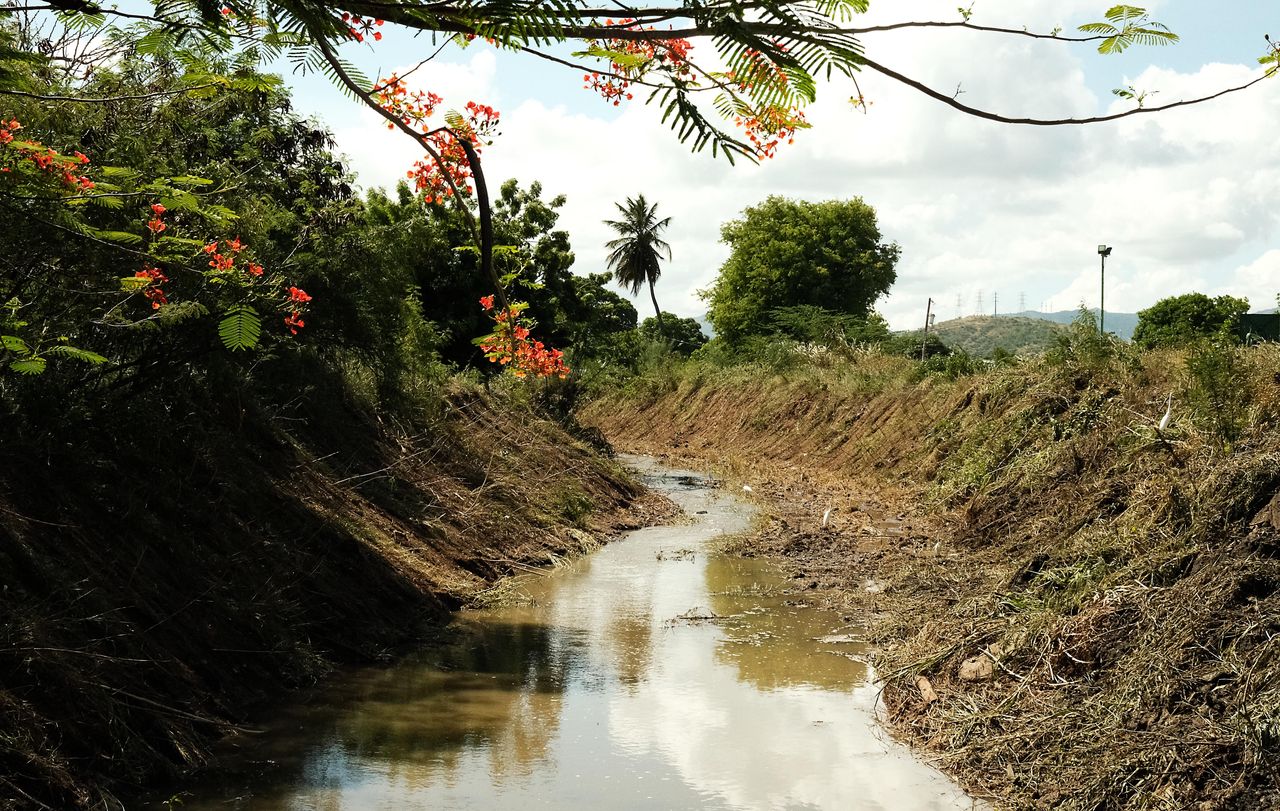
Combined with berms and ditches, federal researchers determined that Project Marahu’s plans were enough to avoid causing floods in the surrounding communities.
But a separate study commissioned by the environmental group Earthjustice and conducted by the consultancy Salo Engineering concluded that the project as proposed risked “increasing flooding severity for the urbanized community located immediately downstream of the project site.”
An independent hydrological report on Ciro One by the San Juan-based consultancy Tierra Linda Consultores came with a similarly stark message. The solar arrays reduced the available foliage to help absorb rain, the report concluded, making it “necessary to thoroughly reevaluate the hydrological impact attributable to the Ciro One Salinas project.”
Putnam Bridge did not respond to a request for comment. A spokesperson for the Scottsdale-headquartered DEPcom directed HuffPost’s questions to Putnam Bridge’s local subsidiary, Ciro Energy Group. Mario Tomasini, Ciro Energy Group’s president, did not respond to multiple emails requesting an interview.
On promotional web pages, however, the consortium behind Ciro One said the project would eventually serve as the pilot project for “agrovoltaics,” where crops, such as broccoli, that benefit from the shade panels provide are planted on a solar farm to use the land for both food and energy production. Last year’s announcement said the “one of the PV arrays” at the facility would be used to test whether farming could work on a larger scale, with sheep loosed on the grounds to eat the grasses around the panels.
If such an experiment was underway in July, it wasn’t visible from the roads or hills surrounding the solar farm.
“This project will strengthen our island’s energy network at a scale that gets us closer to meeting our renewable goals,” Tomasini said in a press release last December. “At the same time, we are maximizing the site’s potential through a multi-use approach, integrating vital agriculture with solar power generation.”
An experimental pilot project with an uncertain future did little to allay Ismenia Figueroa’s concerns. Back in the community center, she scrolled through videos of the muddy waters that rushed into her home in El Coquí during Hurricane Fiona.
“We aren’t against solar panels,” said Figueroa, 61. “We are against the use of our agricultural land to site solar panels and flood our homes with no benefits to us … They use our land, affect our aquifer, and our electricity rate is higher than ever.”
A Dodgy Legal Question — And Dubious Dealings
Last year, community activists and lawyers from the University of Puerto Rico filed a complaint challenging the permits on both the solar farms here, accusing the developers of skirting the territory’s legal process for selecting locations for large energy projects. Under Puerto Rico law, regulators at the state Energy Bureau are supposed to pick which spots are best suited for development, then let companies place bids. In this case, Putnam Bridge and AES appeared to choose the sites themselves, and received permission later, said Omar Saadé, an attorney at the University of Puerto Rico’s environmental law clinic.
The problem, he said, is that these particular lands were designated as natural agricultural reserves. The same flat, sun-soaked fields that give rise to crops are well suited to solar panels, which benefit from the same geography. Of the 18 projects the Energy Bureau said it was considering approving, 16 were located on such lands, Saadé said.
“What we’re seeing in Salinas and in general is that developers are illegally trying to locate these projects on prime farmlands,” he said. “They’re not just prime farmlands, these are sites that are part of the preserves. By law, they are identified as essential to the country.”
In May, Puerto Rico’s Supreme Court rejected his argument, but delivered a ruling Saadé said answered few questions about the proper process or what responsibilities the Energy Bureau has to give special considerations before siting energy projects on agricultural lands. The court blocked Saadé’s appeal in June.
In September, a law firm representing Clean Flexible Energy and the Puerto Rican government’s permitting office urged the court to reject environmentalists’ appeals against Project Marahu on the grounds that the solar farm serves “urgent needs of the country.”
The project is sited on plots of agricultural land owned by Agriart LLC, a firm in which González Beiró owns an 18% stake. The agriculture secretary’s son and his partner are listed as vice president and president of the company.
By law, González Beiró also serves as the head of the governing board of Puerto Rico’s Land Authority, the regulator with the power to lease out agricultural reserves to private companies. In October, the San Juan-based investigative outlet Centro de Periodismo Investigativo published documents revealing that González Beiró attended meetings when the Land Authority voted to extend Agriart’s lease over the land for years, in turn allowing the company to lease 661 of its nearly 1,800 acres to Clean Flexible Energy for its solar project.
The documents state that, while he attended the meeting, González Beiró “declined to participate in the evaluation and voting on this matter.” But the minutes from the meeting do not indicate whether the secretary left the room during the vote.
“I don’t remember … I can’t assure you if I withdrew or not … but … I … and I’ll explain it to you because it’s easier in words, I withdrew, although this has nothing to do with me … nor does it have to do with my business, none of the properties of my business have anything to do with the Land Authority,” the secretary told CPI when asked if he was present at the discussion about the lease to Clean Flexible Energy.
A spokesperson for his agency did not respond to HuffPost’s request for comment.
Clean Flexible Energy’s connections go beyond its powerful landlord. Its parent companies include the French oil giant TotalEnergies and AES, for which current Puerto Rico Gov. Pedro Pierluisi worked as a lobbyist before entering electoral politics.
The investors behind Ciro One also cultivated powerful allies. Earlier this year, Putnam Bridge CEO Nicholas Prouty hosted Vice President Kamala Harris for a fundraiser with wealthy American donors who, like him, moved to Puerto Rico and benefited from a local law known as Act 60, which exempts newcomers from paying taxes in a territory where residents are already free from federal income tax. The Democratic presidential nominee considers Prouty “a good friend,” the Puerto Rican scholar Yarimar Bonilla wrote in a New York Times op-ed.
Farmers’ Long-Simmering Frustrations
The uptick in renewable projects started in 2021, but the fight between green energy and food growers over farmland dates back more than a decade.
In 2011, developers started construction on a massive wind farm in Santa Isabel, the next town west of Salinas. The project initially garnered support, but after the company behind the turbines shifted the location to an area the U.S. Department of Agriculture had pegged as having some of the most nutrient-rich soil on the island, farmers rebelled. In a dramatic protest, Raúl Mari Fernández climbed a wind turbine. He was arrested.
“Buying private farmland would have cost the developers more, so they got cheap public lands from the government,” Fernández, now 43, recalled one afternoon in July.
The incident inspired Fernández to return to his father’s hometown of Rincón on Puerto Rico’s northwest coast, and helped cultivate a small farm where the family grows plantains and passionfruit.
“Here, if you’re against construction of any kind, you’re labeled a communist,” Fernández said. “But after that fight in Santa Isabel, a lot more young people became interested in agriculture.”
Among them was Ian Pagán Roig. An agronomist, he returned after college to his north coast hometown of Toa Alta, roughly 40 minutes west of San Juan, and leased a plot of public land to start a farm.
Pagán Roig now grows up to 20 different crops year round — yucca, sweet potatoes, plantains, tomatoes, peppers and more — and sells primarily to farmers markets and crop-share buyers.
But farming in Puerto Rico is not easy, he said.
“We’re still struggling to make it profitable,” he said one evening as the frogs and insects chirped and the sun set over his hilly farm. “The main challenge isn’t expenses. The main challenge is doing this in a hostile environment.”
The Puerto Rican government offers few resources to help farmers, and finding skilled workers is difficult. To solve this, Pagán Roig launched an agricultural training program with 11 locations around the island. Over the past 11 years, at least 1,200 workers have graduated from the program.
“People think Puerto Ricans don’t want to get our hands dirty, that we’re lazy. But we get 600 applications every year,” Pagán Roig said. “We say we are growing an army of farmers that will build Puerto Rican food sovereignty.”
Can Puerto Rico grow enough of its own food to reduce imports — and still produce enough clean electricity locally to stop buying expensive fossil fuels?
For now, the federal and territorial government’s focus appears to be on the latter.
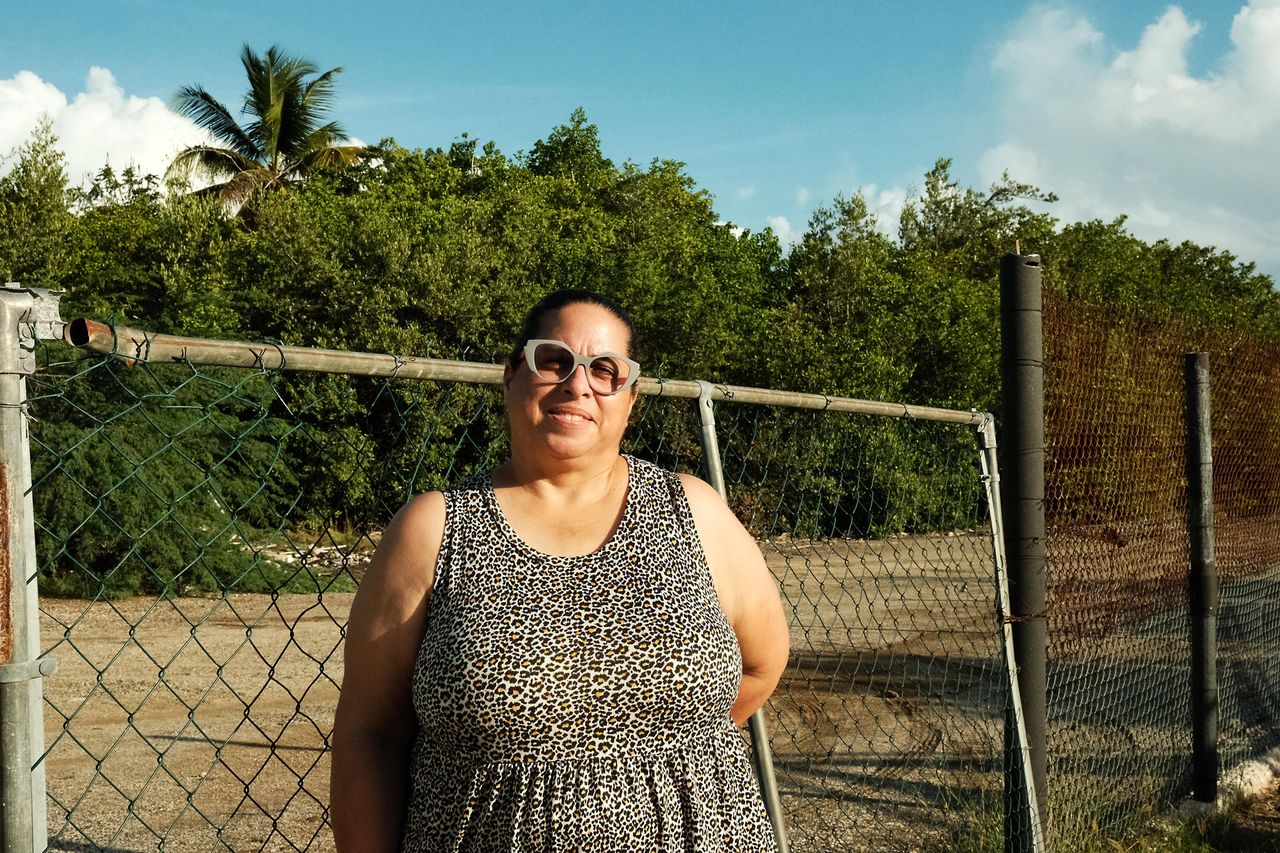
In the barrio of Mosquito, a roughly 10-minute drive east of El Coquí, Adneris Hernández is bracing for similar flooding once construction starts on Clean Flexible Energy’s Project Marahu.
Unveiling a credit line worth just shy of $900 million, the Energy Department’s Loan Programs Office pointed out that the team behind Project Marahu included “two community relations managers” and “a group of local community engagement advisors” who planned to engage “local labor leaders” for “construction and operations planning.”
But speaking from the patio outside her home in July, Hernández said the developers hadn’t held any public hearings, and had instead pursued a strategy she saw as a divide-and-conquer approach of inviting just a handful of key people from the community for private discussions.
“The coal plant pollutes the air, water and land,” said Hernández, 48, a geriatric technician who lives in the town of Mosquito just south of where the big solar farm is planned. “But this project endangers our lives and our properties.”
She fears what happened to Carmen de Jesús in El Coquí. The de Jesús family’s house stood on high ground in the community, elevated just enough to serve as a haven to keep neighbors’ cars safe during past hurricanes.
At least, that’s how it used to be. When Hurricane Fiona struck the island as a Category 4 storm two years ago, the water “just kept rising” and trapped the 35-year-old science teacher and her elderly father in the house.
“Where I live looked like the sea,” de Jesús said.
“I was scared like when I was a child. I thought I was going to die,” she added, then suddenly burst into tears recalling her dad’s attempts to calm her down. “He told me… ‘If something happens, at least we’re together.’”
Seated across the table from de Jesús during an interview at the El Coquí community center, Figueroa interjected with an acerbic tut.
“We are the garbage can of Puerto Rico,” she said, narrowing her eyes. “All the worst things come to this area.”
Search
RECENT PRESS RELEASES
Related Post
